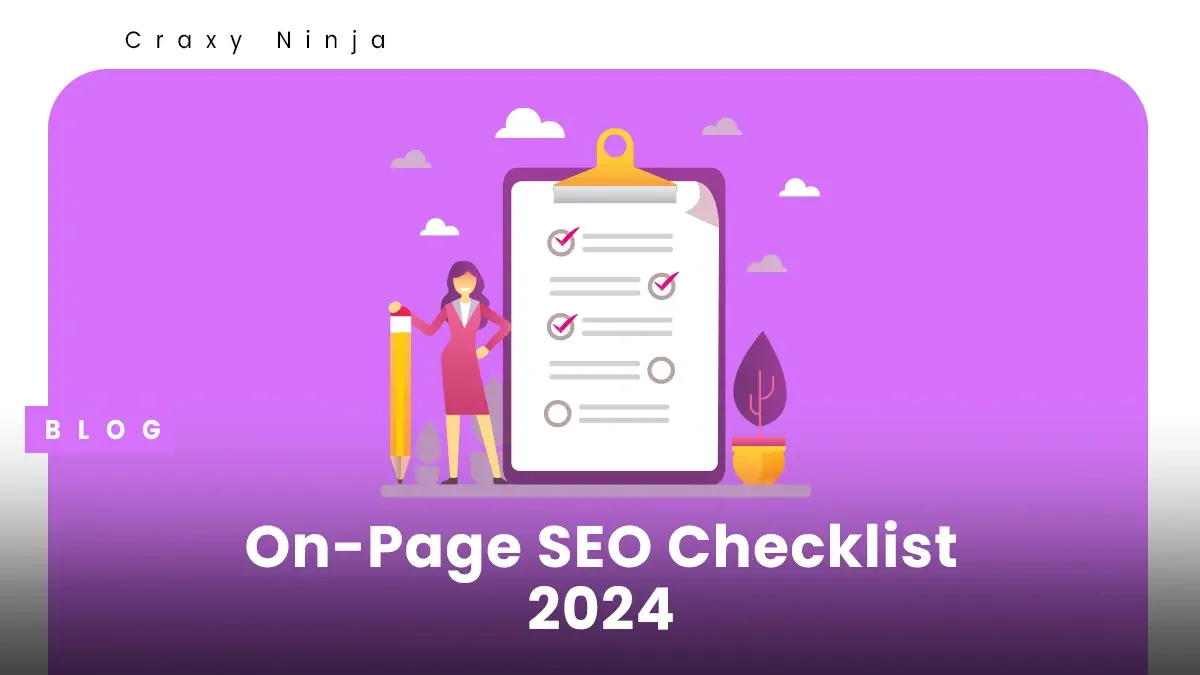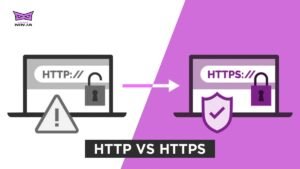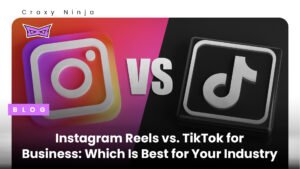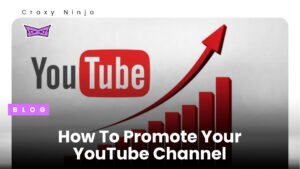On-Page SEO stands tall as a foundational pillar in the vast universe of digital marketing, wielding the potential to catapult your website to the top echelons of search engine rankings.
Whether you’re a seasoned SEO expert or a digital novice, mastering the art of On-Page SEO is crucial for enhancing your website’s visibility and attracting the right audience. Here, we will go through the essential elements of On-Page SEO, accompanied by an insightful checklist and the tools that can turn your digital presence into a search engine magnet.
Understanding On-Page SEO: The Cornerstone of Digital Success
On-Page SEO refers to the optimization strategies applied directly to your website’s content and structure. The goal? To align your pages with search engine algorithms, making them more attractive and relevant to both users and search engines. Now, let’s delve into the checklist that will guide you through the intricacies of On-Page SEO.
Keyword Research and Placement
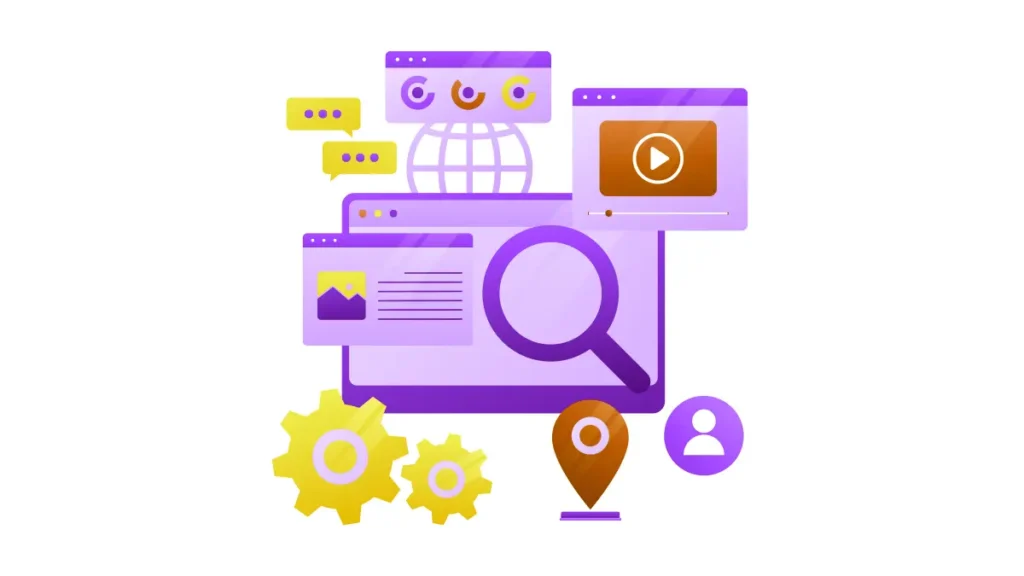
Keyword research and placement play a pivotal role in the realm of Search Engine Optimization (SEO). It’s not just about identifying relevant keywords but strategically placing them to enhance your website’s visibility and attract the right audience. Let’s break down the importance of keyword research and placement and explore how to wield this SEO weapon effectively.
Checklist
- Identify relevant keywords for each page.
- Integrate primary and secondary keywords naturally into your content.
- Place keywords in key areas such as titles, headings, and meta descriptions.
Tools
- Google Keyword Planner: A free tool that helps you discover keywords related to your business or industry.
- SEMrush: Offers comprehensive keyword research and analysis.
Optimized Title Tags
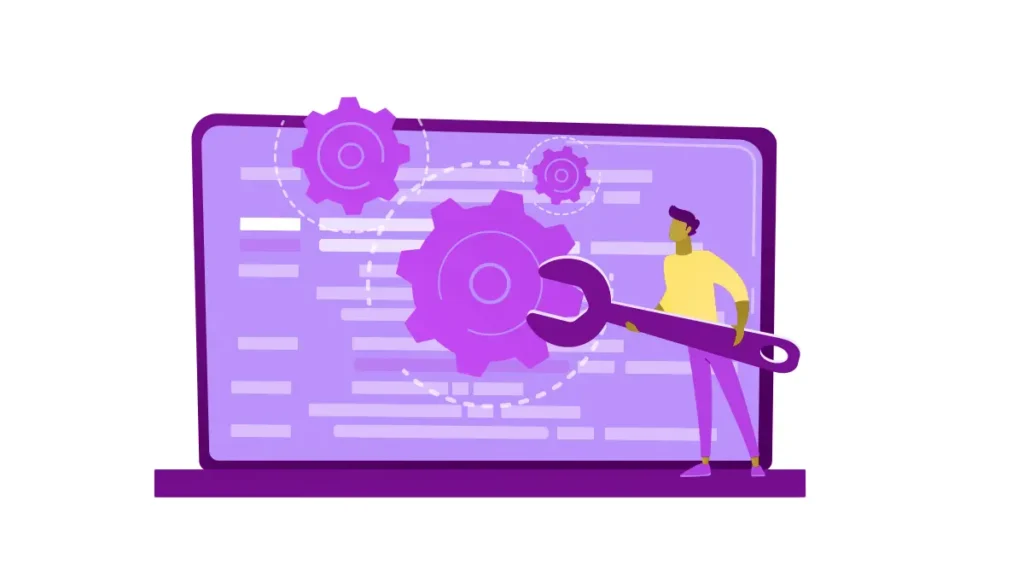
Optimized title tags are a critical component of effective Search Engine Optimization (SEO). Crafting compelling and strategic title tags can significantly impact your website’s visibility on search engine results pages (SERPs). Let’s delve into the importance of optimized title tags, understand what makes them effective, and explore how to create them for maximum SEO impact.
Checklist
- Craft compelling and descriptive title tags for each page.
- Keep titles concise (around 60 characters) while including the primary keyword.
Tools
- Yoast SEO: A WordPress plugin that provides real-time feedback on title tag optimization.
- Moz Title Tag Preview Tool: Allows you to preview how your title tags might appear in search results.
Engaging Meta Descriptions
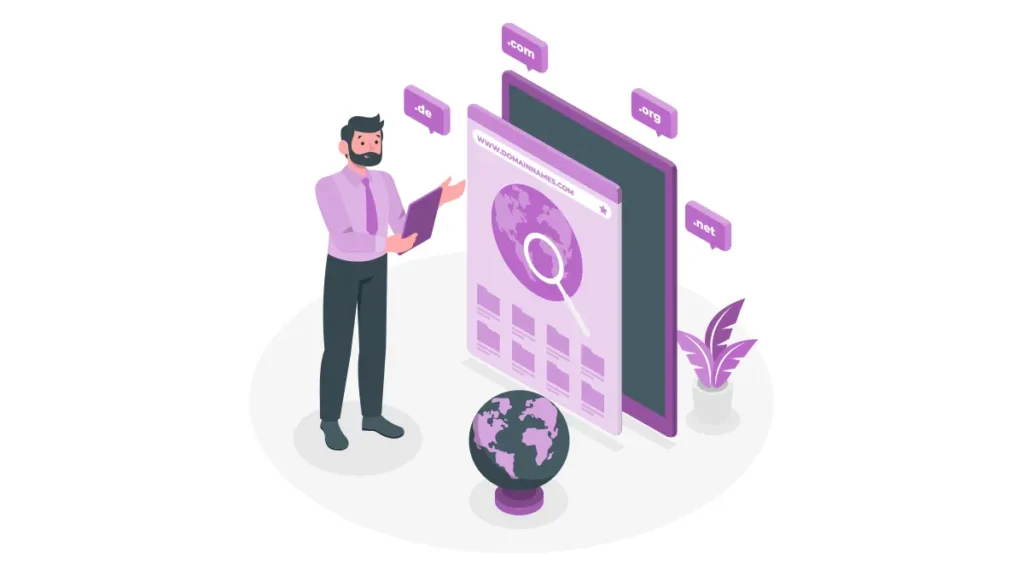
Crafting engaging meta descriptions is a crucial aspect of optimizing your web pages for search engines. While meta descriptions don’t directly influence search engine rankings, they play a significant role in enticing users to click on your link when it appears in search results. Let’s explore why engaging meta descriptions matter, what makes them effective, and how to create compelling ones for your web pages.
Checklist
- Write unique and persuasive meta descriptions.
- Keep meta descriptions under 160 characters.
- Include a call-to-action when relevant.
Tools
- Yoast SEO: Provides suggestions and real-time analysis for meta descriptions.
- Moz Page Optimization Tool: Helps optimize meta descriptions for improved click-through rates.
User-Friendly URLs

User-friendly URLs are a crucial aspect of on-page SEO that often gets overlooked. A well-structured and descriptive URL not only contributes to search engine optimization but also enhances the overall user experience. Let’s delve into why user-friendly URLs matter, what makes them effective, and how to create them for optimal SEO performance
Checklist
- Create clean and descriptive URLs.
- Include target keywords in the URL, if possible.
- Avoid using symbols, numbers, or unnecessary parameters.
Tools
- Google Search Console: Allows you to inspect URLs and identify issues.
- SEMrush: Assesses the structure and readability of your URLs.
Optimized Header Tags
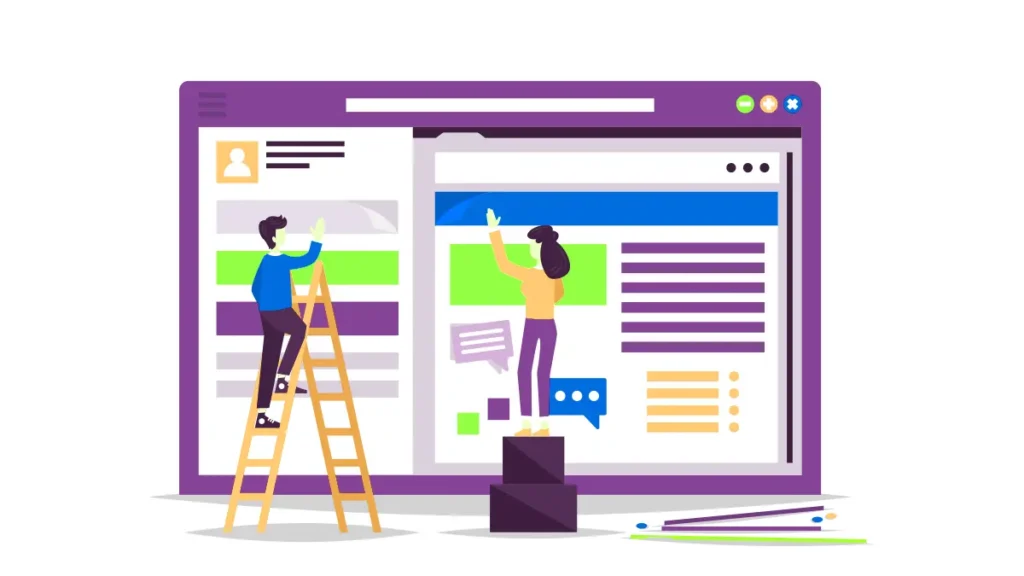
Optimized header tags, including H1, H2, H3, and so on, are crucial elements of on-page SEO. These tags not only contribute to the structure and readability of your content but also play a role in signaling the relevance of your content to search engines. Let’s explore why optimized header tags matter, how to use them effectively, and their impact on SEO.
Checklist
- Use a single H1 tag for the main title of the page.
- Organize content with relevant H2 and H3 tags.
- Incorporate keywords naturally into header tags.
Tools
- Yoast SEO: Offers guidance on proper header tag usage.
- MozBar: Chrome extension that provides insights into header tags.
Quality and Relevant Content
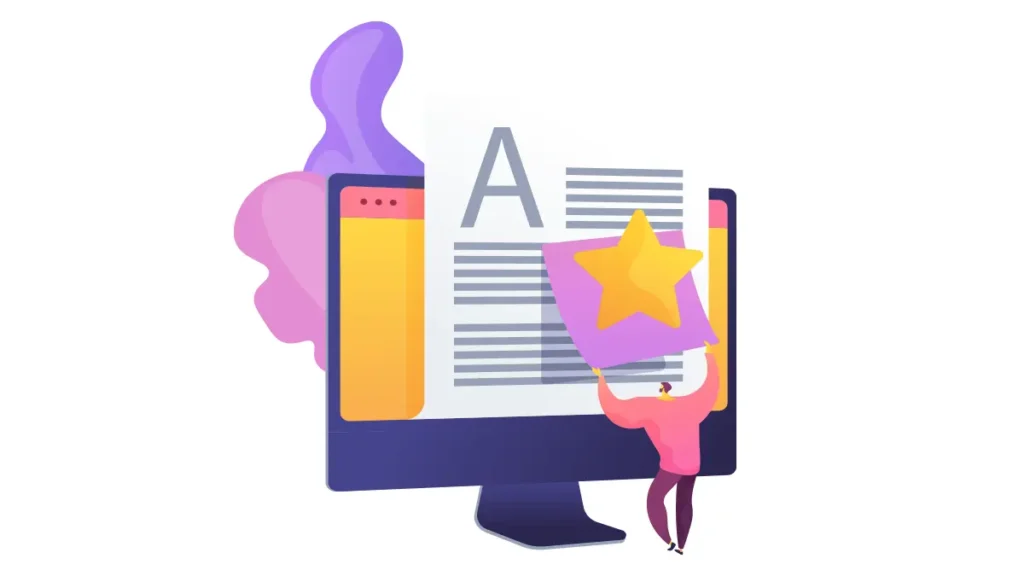
Creating quality and relevant content is the cornerstone of any successful digital marketing strategy. In the realm of SEO, it’s not just about having content; it’s about producing content that resonates with your audience, provides value, and aligns with the intent behind users’ search queries. Let’s explore why quality and relevant content are paramount, how to achieve this, and the impact it has on your website’s success.
Checklist
- Create high-quality, informative, and engaging content.
- Ensure content is unique and adds value to the reader.
- Incorporate multimedia elements such as images and videos.
Tools
- Grammarly: Helps ensure your content is grammatically correct and well-written.
- BuzzSumo: Identifies trending topics and popular content in your industry.
Optimized Images
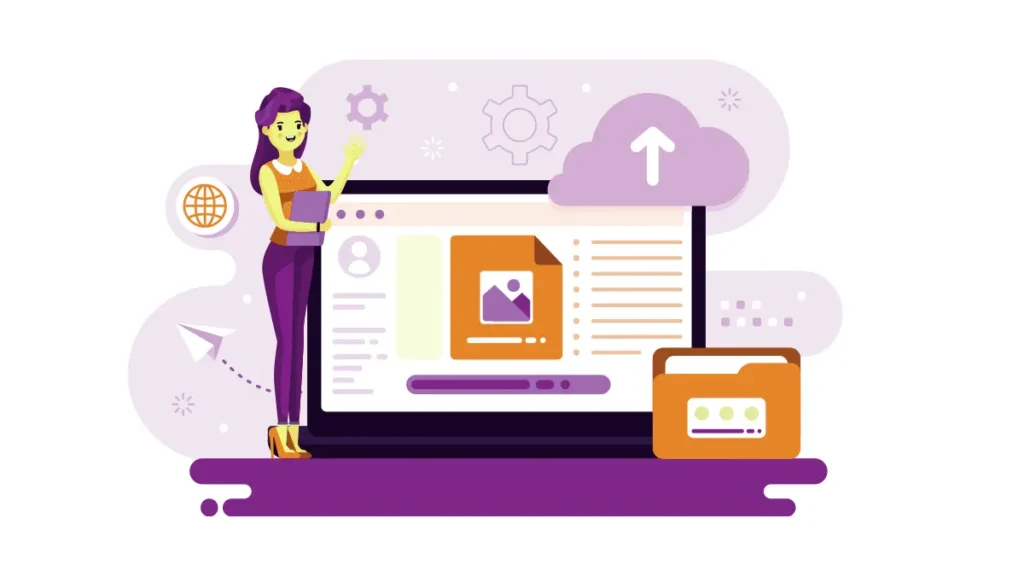
Optimized images are a significant component of a well-rounded SEO strategy. Beyond enhancing the visual appeal of your website, optimizing images contributes to faster page loading times, improved user experience, and better search engine rankings. Let’s explore why optimized images matter, how to ensure your images are SEO-friendly, and the tools available to assist you in this process.
Checklist
- Use descriptive file names for images.
- Compress images to improve page loading speed.
- Add alt text with relevant keywords for accessibility and SEO.
Tools
- TinyPNG: Reduces image file sizes without compromising quality.
- Yoast SEO: Provides guidance on optimizing images for search engines.
Internal and External Linking
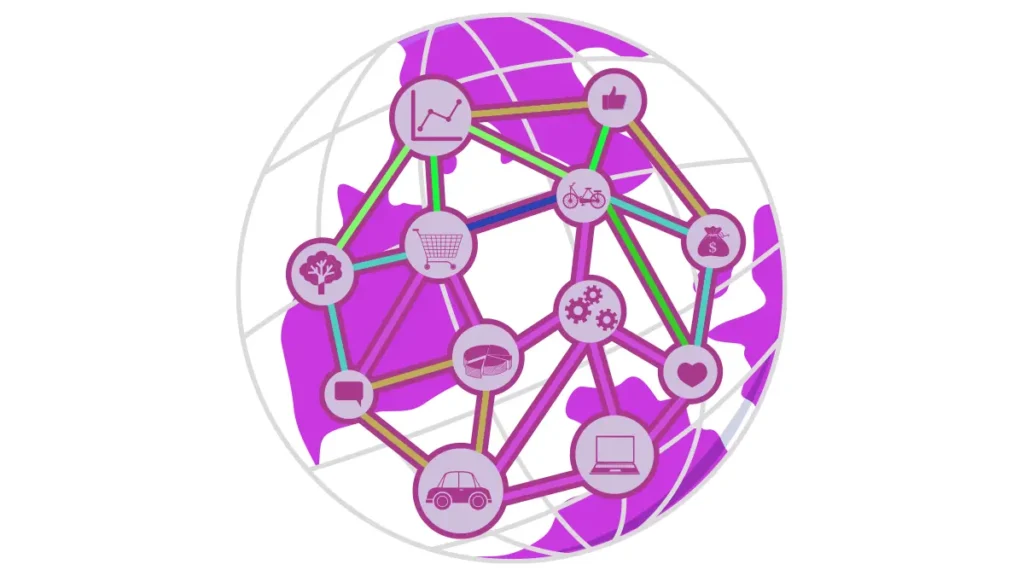
Optimized images are a crucial component of a well-rounded SEO strategy. Beyond enhancing the visual appeal of your website, optimizing images contributes to faster page loading times, improved user experience, and better search engine rankings. Let’s explore why optimized images matter, how to ensure your images are SEO-friendly, and the tools available to assist you in this process.
Checklist
- Include relevant internal links to other pages on your site.
- Incorporate external links to authoritative and relevant sources.
- Ensure anchor text is descriptive and keyword-rich.
Tools
- Ahrefs: Assesses your website’s internal and external linking structure.
- Google Search Console: Monitors your site’s external links and helps identify potential issues.
Mobile Responsiveness
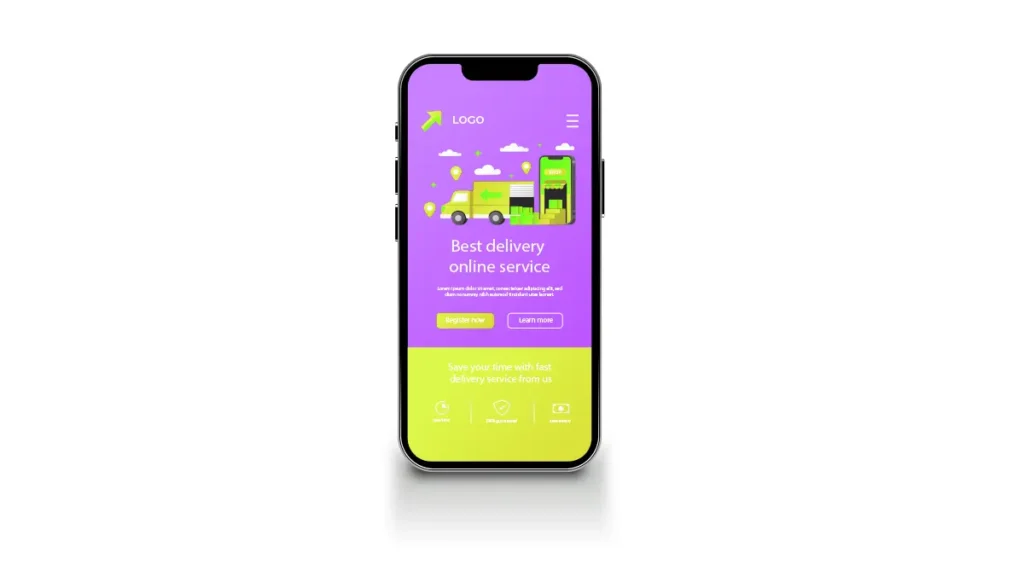
Optimized images are a crucial component of a well-rounded SEO strategy. Beyond enhancing the visual appeal of your website, optimizing images contributes to faster page loading times, improved user experience, and better search engine rankings. Let’s explore why optimized images matter, how to ensure your images are SEO-friendly, and the tools available to assist you in this process.
Checklist
- Ensure your website is mobile-friendly and responsive.
- Test your site’s mobile usability using tools like Google’s Mobile-Friendly Test.
Tools
- Google’s Mobile-Friendly Test: Assesses your website’s mobile responsiveness.
- MobileMoxie: Provides insights into how your site appears on different mobile devices.
Page Loading Speed
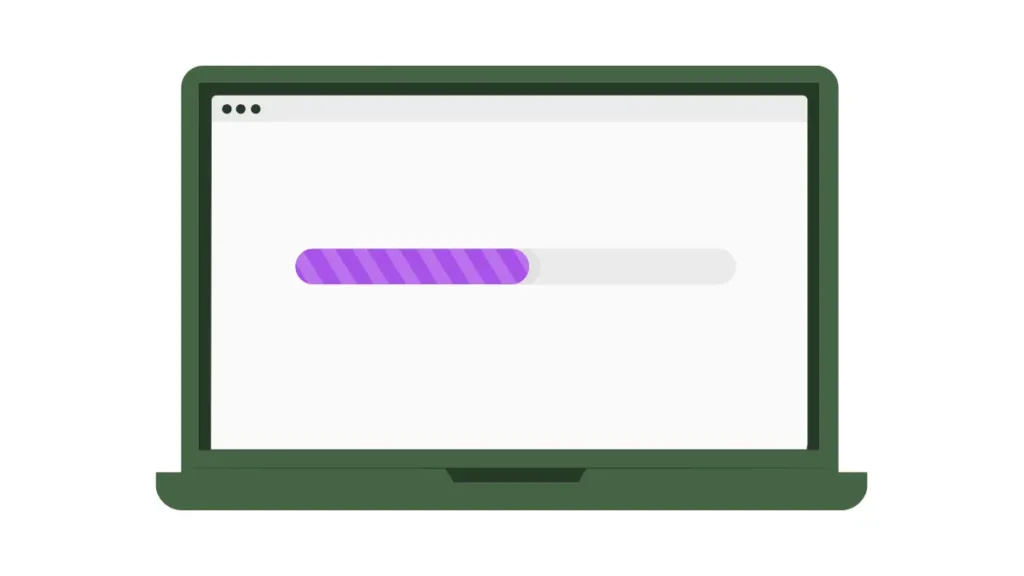
Page loading speed is a critical factor that significantly influences user experience, search engine rankings, and overall website success. In today’s fast-paced digital landscape, users expect websites to load quickly, and search engines prioritize fast-loading pages. Let’s explore why page loading speed matters, how to optimize it, and the impact it has on SEO and user satisfaction.
Checklist
- Optimize images and multimedia elements.
- Minimize HTTP requests.
- Utilize browser caching to improve load times.
Tools
- Google PageSpeed Insights: Analyzes your site’s performance and provides suggestions for improvement.
- GTmetrix: Offers a comprehensive analysis of your page’s loading speed and actionable recommendations.
Secure and Accessible Website

Creating a secure and accessible website is not just good practice; it’s a fundamental aspect of establishing trust, reaching a diverse audience, and ensuring a positive user experience. In an era where cybersecurity threats are prevalent and inclusivity is valued, prioritizing both security and accessibility is crucial. Let’s explore why a secure and accessible website matters, how to achieve it, and the impact it has on user satisfaction, SEO, and overall success.
Checklist
- Ensure your site has an SSL certificate for secure connections (https).
- Make your website accessible by following ADA guidelines.
Tools
- SSL Checker: Verifies your SSL certificate.
- WAVE Web Accessibility Evaluation Tool: Helps identify and fix accessibility issues on your website.
Regular Content Updates

Regularly updating your website’s content is a vital practice that goes beyond keeping information current. It contributes to SEO performance, user engagement, and the overall success of your online presence. Let’s explore why regular content updates matter, how they benefit your website, and strategies for maintaining fresh and relevant content.
Checklist
- Update and refresh existing content regularly.
- Add new, relevant information to keep content current.
Tools
- Google Analytics: Monitors user engagement and page views over time.
- SEMrush: Identifies content that needs updating and provides suggestions.
On-Page SEO is not a one-time task; it’s an ongoing process of refinement and adaptation. As search engine algorithms evolve and user behaviors shift, your On-Page SEO strategy must evolve with them.
By leveraging the checklist and tools outlined above, you’re equipped to embark on a journey towards digital excellence, where your website doesn’t just exist but thrives in the ever-expanding landscape of the internet.
Remember, the power of On-Page SEO lies not only in its technicalities but in its ability to connect your content with the hearts and minds of your audience, making your website a beacon in the vast digital sea.

